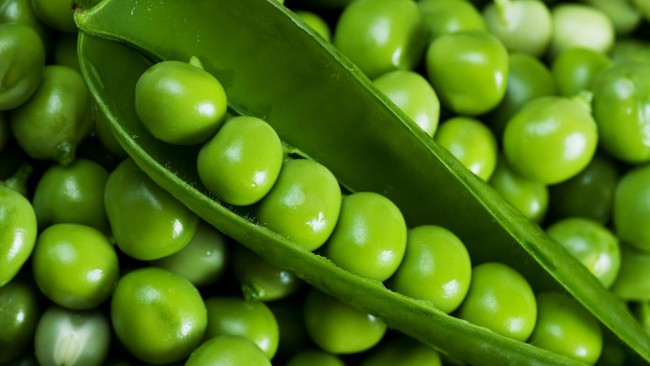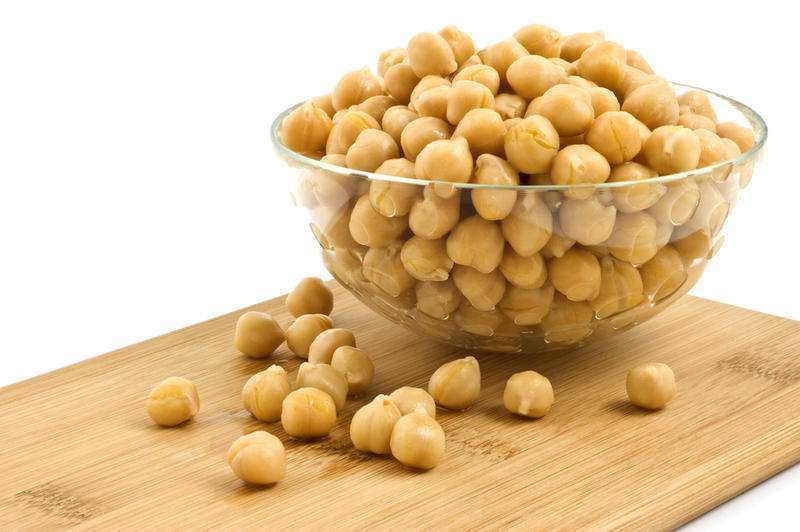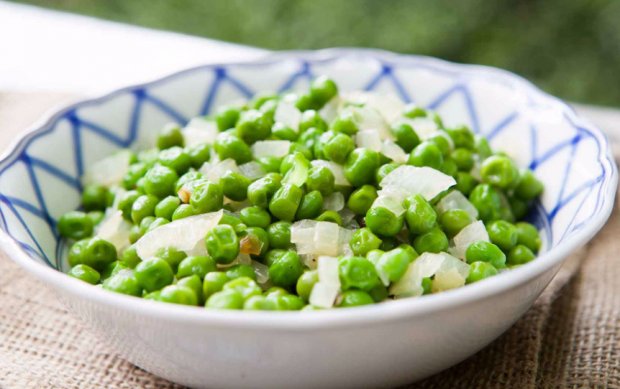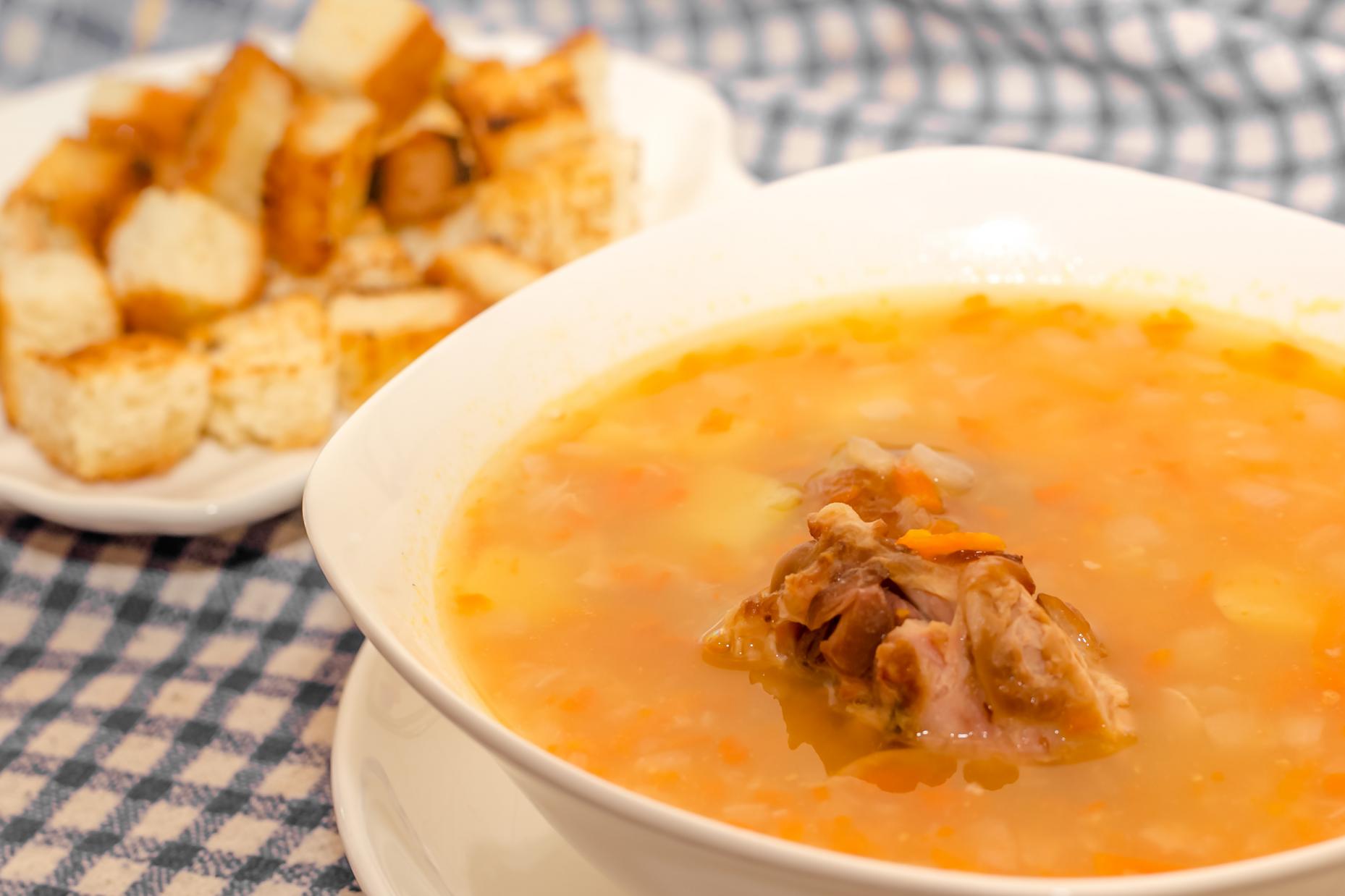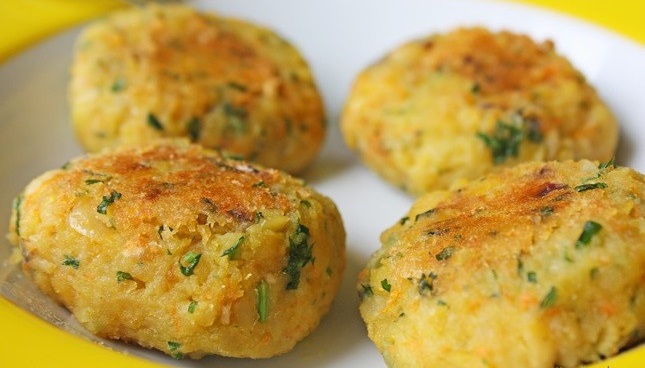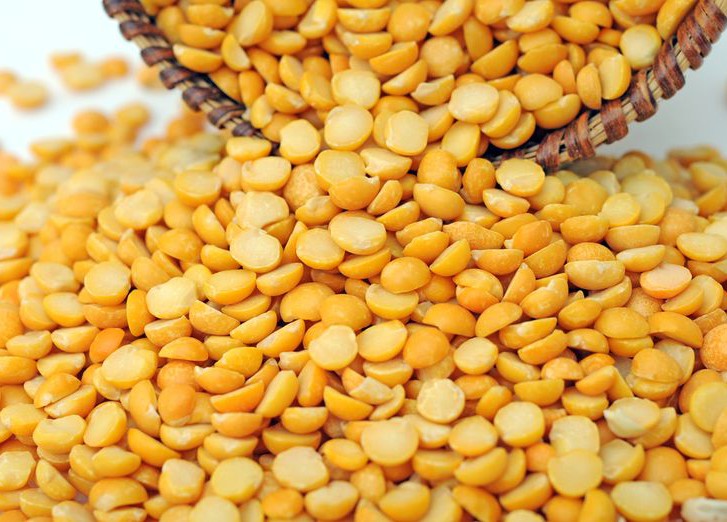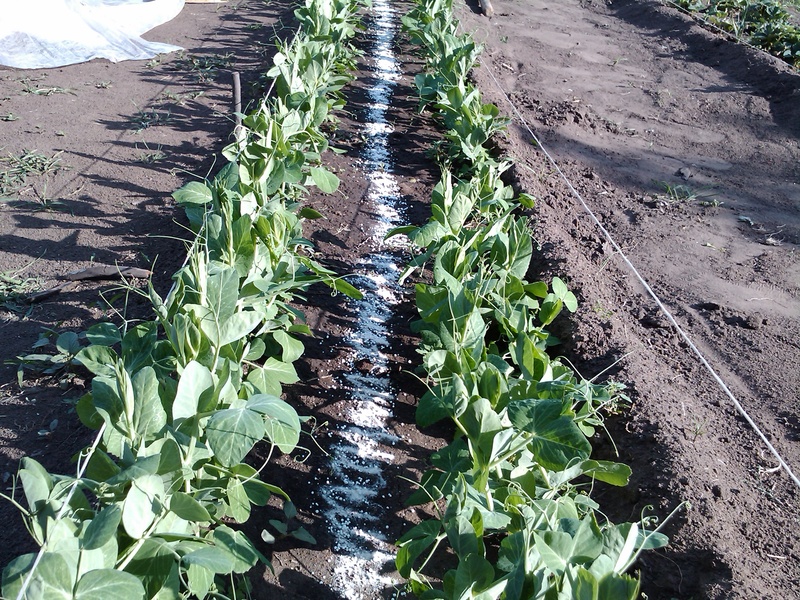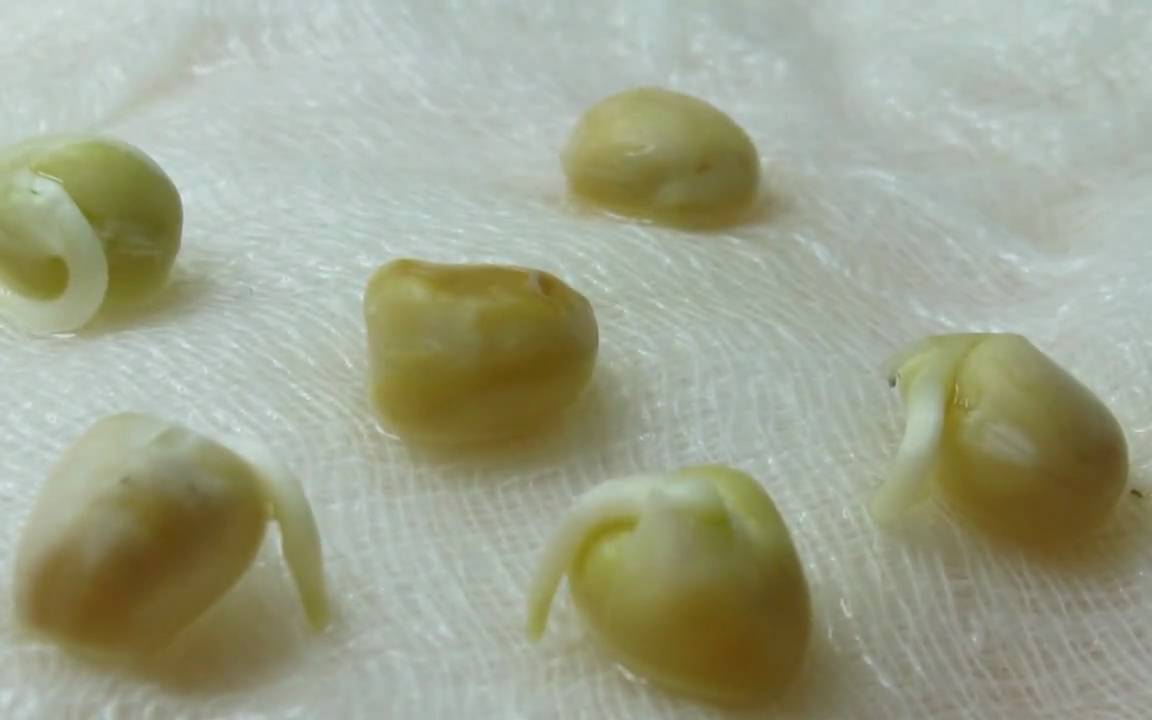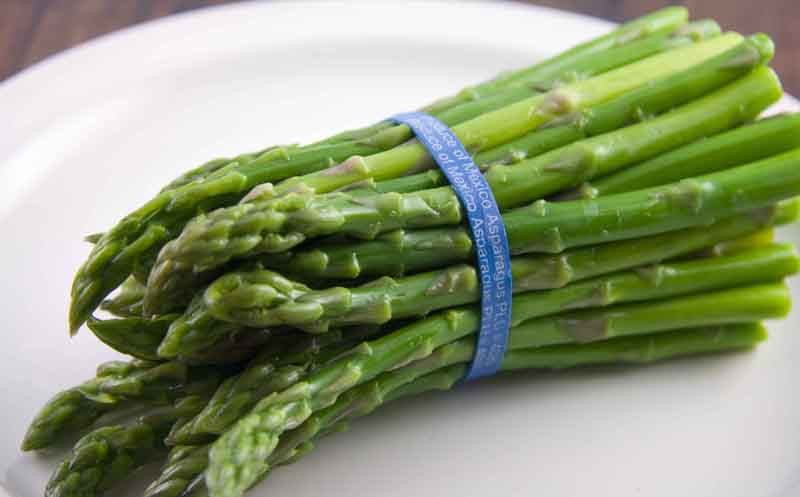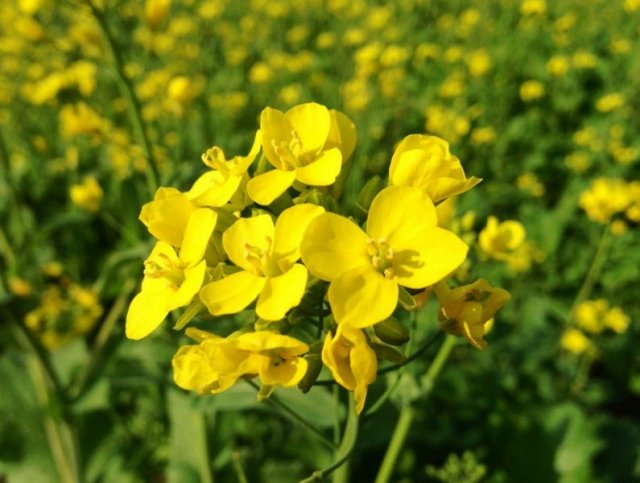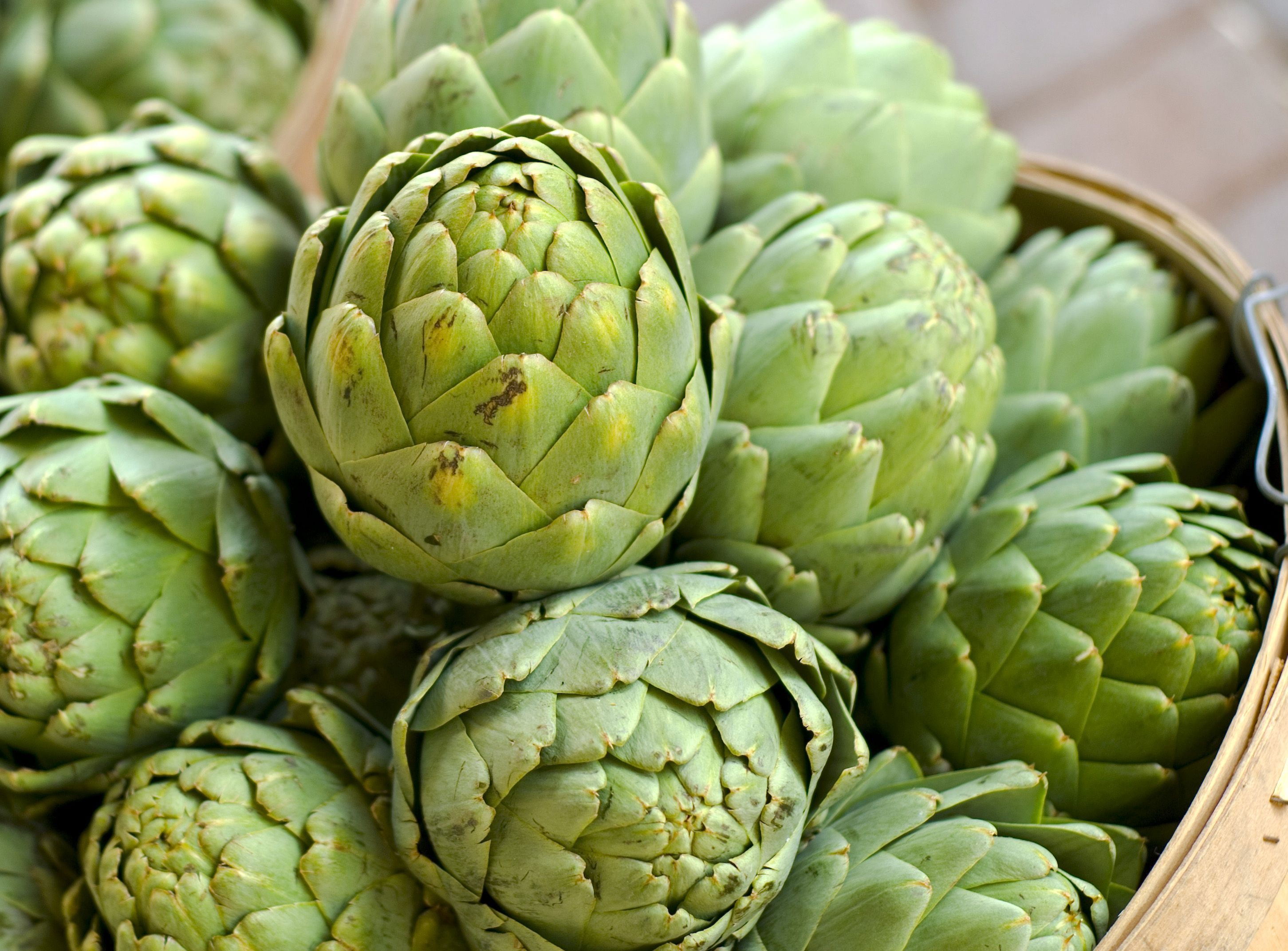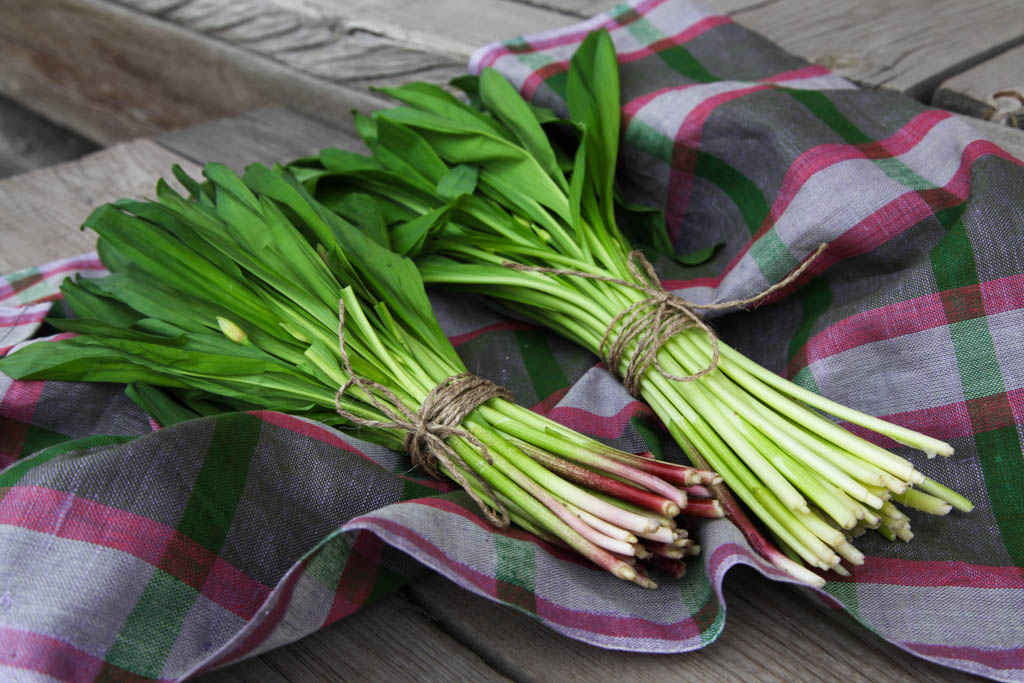Content:
What are peas? The plant is loved by everyone since childhood. The question of where peas grow can be answered in one word - everywhere. Annual varieties are preferred for breeding. There are also perennials, but they are not so popular in Russia. The phases of development of annual peas are easier to control, allowing you to quickly release the planting area.
Description of culture
Peas are not a tree, not a shrub, but a herbaceous plant. It has a hollow, weak, flexible stem that needs support, which it wraps around, rising. Pea antennae are modified leaf blades located in the upper part of the leaf, entwining supports. The color of the stem and leaves is light or dark green, bright. It can grow up to 2 m in height. The pea fruit is a pod familiar to everyone from childhood with two leaves, which contain a row of 4-10 peas. The root system of peas is pivotal, the root branches weakly and goes to a depth of 1 m. Bacteria that enrich the soil with nitrogen settle on thin roots, therefore, the cultivation of a crop from the legume family is used in agricultural technology as green manure.
Shoots appear 10-12 days after sowing. Peas bloom in 1-2 months, depending on the variety, the harvest fully ripens in 30-50 days.
Varieties
Polka dots can be smooth with a glossy sheen or wrinkled. For their shape, such varieties are called cerebral, they are considered the most delicious. Holland breeders were able to grow them about 400 years ago. It is the brain varieties that are rolled into jars.
All varieties of peas can be divided into 3 main groups:
- Peeling. They can be distinguished by the inner surface of the pod leaf, which is covered with dense, inedible fiber, similar to parchment. Most often used for canned peas.
- Sugar. Their pods are very tender, there are no fibers in the pod. These vegetable peas can be eaten whole or canned directly with the skin, but for this the pods must be immature and juicy.
- Semi-sugar. In these species, the parchment matures only when the pod is fully ripe.
Peas are divided into green and yellow by color.
What family do peas belong to? Bobovs, and his closest relatives are familiar to everyone:
- Chickpeas are irregularly shaped yellow peas grown in Asia and the Middle East. The property for which it is valued in the East is little known in our country. Peas are still considered the best food for improving women's and men's health. Popular dishes like hummus and falafel are based on chickpeas.
- Mung, dal or mung are small beans of a slightly oblong shape originally from India, a component of the Kihari porridge, popular in Indian cuisine. Eat whole, shelled. Perfect for germination. Glass translucent noodles - funchose - are obtained from starch.
Peas composition
A small pea fruit contains a huge amount of nutrients:
- selenium, which has anticarcinogenic properties;
- arginine - an amino acid that relieves spasms and increases blood circulation;
- protein, and in such an amount as in beef;
- lysine is a rare and very necessary amino acid with antiviral effect;
- nicotinic acid normalizes cholesterol levels (the daily rate is half a teacup);
- thiamine improves brain activity, adds energy;
- fiber removes toxins and toxins;
- chlorophyll, calcium and iron improve blood quality and increase hemoglobin;
- trace elements: calcium to strengthen bone tissue, potassium and magnesium to reduce the load on the heart;
- antioxidants reduce the rate of protein oxidation, the risk of cancer and keep the skin young;
- pyridoxine is responsible for the breakdown and synthesis of proteins (a lack of it causes convulsions);
- the amino acids cystine, tryptophan and methionine, which are considered especially valuable.
| Protein | Fats | Carbohydrates | Kcal per 100 gr | |
|---|---|---|---|---|
| dry peas | 20.05 | 2 | 53.3 | 298 |
| green pod | 5 | 0.2 | 8.3 | 55 |
Pea properties:
- slows down skin aging;
- strengthens the cardiovascular system, reduces the risk of heart attacks and hypertension;
- fresh peas have a weak diuretic effect;
- reduces acidity in the stomach and relieves ulcerative pain, and in this case, peas can be eaten as mashed potatoes.
Helpful Tips for Improving Your Well-Being:
- 3-4 fresh peas will save you from heartburn symptoms. If fresh peas are not on hand, you can soak them dry.
- Pea flour relieves diabetes attacks by boosting metabolism.
- Peas are a plant that relieves urolithiasis. The medicinal decoction can be obtained from pea stalks directly with pods and leaves. The stems are collected directly from the flowers, pour 1 tbsp. water and boil for 10 minutes. After cooling down, drink every 6-8 hours a couple of tablespoons for 2-3 weeks. The broth removes stones and sand.
- A gruel made from unripe peas or pea flour with raw egg white is used topically to treat inflammation, acne, eczema and skin damage.
Contraindications
- low blood clotting;
- problems with the stomach and intestines, colitis, inflammation, flatulence;
- gout;
- metabolic diseases;
- problems with the urinary system, nephritis;
Pregnancy and lactation
Due to its rich composition, fresh peas or as part of cooked dishes are recommended for pregnant women. Breastfeeding mothers are allowed to try pea dishes after the baby is over 3 months old. You should start with two spoons and carefully observe the well-being of the baby. If a negative reaction is not manifested, you can bring the portion to 200 g. You should not eat pea dishes more than 2 times a week.
When losing weight
In the case of a dietary diet, especially carbohydrate-free diets, it is quite possible to replace one of the meals with peas. This is especially true for men who want to include an extra fruit or vegetable in their menu. The excellent characterization of peas is confirmed by its introduction into many popular diets.
The use of peas in cooking
Currently, peas are consumed in all countries of the world. A few simple recipes:
Pea soup with smoked meat (from dried peas)
This soup is a classic of the genre. For 4 servings you will need:
| Peas | 150 gr dried |
|---|---|
| water | 1 l |
| orange carrots | 1 PC |
| onion | 1 PC |
| bay leaf, any pepper, salt | taste |
| any vegetable oil | 1-2 spoons |
| different types of meat, a piece of smoked meat | 300 g |
| parsley, garlic | optional |
| sour cream | to serve |
Peas are poured with water overnight, sorted out in the morning, washed and boiled over low heat until soft. At the same time, lightly fry the meat, add chopped vegetables and fry until the aroma is revealed.
Add the frying to the peas, cook until boiled, and for 10 minutes. until ready to pour spices with garlic. Serve with a spoonful of sour cream.
Olivier winter salad (with canned peas)
Without canned peas, winter salad is not a salad. For 8 servings you will need:
| Egg | 3 pcs |
|---|---|
| Pickled cucumber, pickled | 4 things |
| Potatoes | 3 pcs |
| Carrot | 1 PC |
| Peas | 1 can 400 gr |
| Sausage or boiled meat | 300 g |
| Mayonnaise | taste |
Boil the eggs, cool and peel. Boil carrots and potatoes and peel them. Chop all ingredients finely, mix together and add mayonnaise, salt to taste.
In addition to the usual classic recipes, peas are salted, fried, pancakes, cutlets and pancakes are made from it.
How to properly cook dry peas
Cooking peas is a complex process. Peas are pre-soaked in cold water. If you pour boiling water over it, the starch contained in the peas will change its structure and the peas will not boil well, remain tough and with grains. If you add baking soda (1 teaspoon per 1 liter of water), soaking will take place without fermentation. After swelling, the water is drained, a new salted one is added and put on a small fire.
What to look for when buying peas
Peas are sold in various forms:
- dry whole peas can be yellow and green;
- split peas (peas are broken into pieces or halves);
- pea flour;
- fresh;
- frozen.
High-quality, well-dried peas should look uniform in color, free of spots and signs of pests, without impurities. Too large peas are a sign of a fodder variety, dishes from it will be tasteless.
Interesting Facts
- Peas have been known and loved since cave times, they began to grow it so long ago that now it is impossible to determine where the pea was born, because its seeds were found in caves of the Stone Age. The culture of eating peas goes back thousands of years.
- The famous rule that only 20% of the actions provide 80% of the desired result was derived from peas. An economist from Italy V. Paretto drew attention to the planting of peas in his own garden. It turned out that the ratio of seeds to vigorous seedlings was about 4: 1.
- In India and China, peas are a symbol of wealth.
- The ancient Greeks and Romans ate pea dishes only out of poverty.
- In France, pea porridge and bacon were served on the royal table.
- In the First World War, pea sausage was present in the rations of German soldiers.
- The fashion for green peas first appeared in England and France. Dishes made from soaked dry peas were the food of the poor, 1 liter of young green peas was sold for gold coins.
- US President T. Jefferson, influenced by this fashion, has grown 30 varieties in his personal garden.
- Bioplastics are obtained from plant starch using sorbitol and glycerin. These biodegradable substances are suitable for the production of medicinal capsules as well as children's toys.
- The basic laws of inheritance were discovered by the ancestor of genetics G. Mendel thanks to experiments on peas.
- Before the revolution, there was a plant for the conservation of peas in Russia. There were no problems where to put the products. It is surprising that the Dutch willingly bought these canned food, and they bred varieties for canning.
- The pea flower chooses who will pollinate it. If you look at it carefully, you can see that it is designed as a biological castle. Occasional midges are bad pollinators, the flower opens only under the weight of a large bee or bumblebee, which methodically fly around all flowers and ensure stable cross-pollination.
Of course, all the facts and useful properties of peas are not fully understood today, therefore there is a lot of work for culinary specialists and breeders. It remains for gardeners to experiment with what they have (and there are many varieties) and to collect a rich harvest, but subject to proper care.
